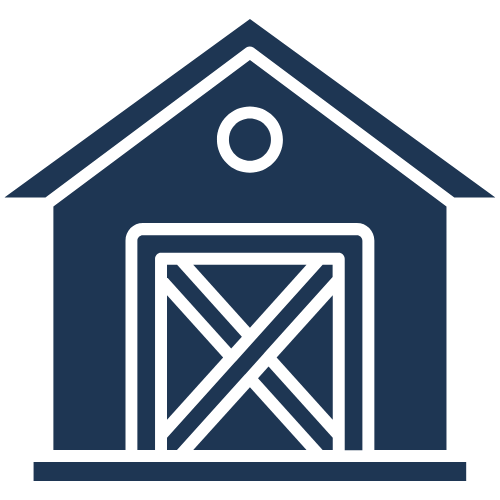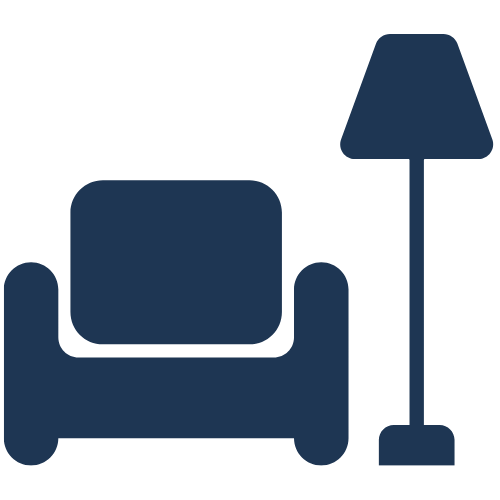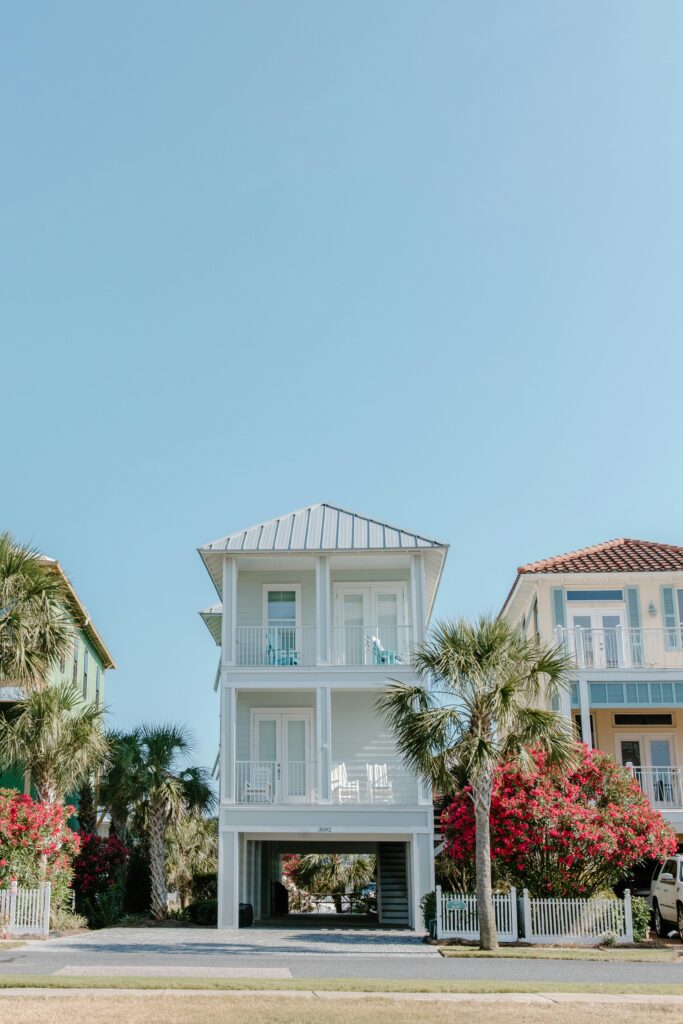Optional add-ons to a landlord insurance policy allow property owners to customize their coverage to better fit their specific needs and risks. These endorsements or riders can provide extra protection beyond the standard policy limits and help cover gaps that might otherwise leave landlords vulnerable. Adding these options often means paying a higher premium, but many landlords find the additional peace of mind well worth the cost.
One common optional add-on is vandalism and malicious mischief coverage, which protects against intentional damage caused by tenants or intruders. Another popular endorsement is equipment breakdown coverage, which covers the repair or replacement of essential appliances and systems like heating, cooling, and plumbing if they fail due to mechanical issues.
Landlords can also add building ordinance or law coverage, which helps cover the extra costs associated with rebuilding or repairing a property to meet current building codes and regulations. This can be especially important for older properties that might require costly upgrades after damage.
Other add-ons include water backup coverage to protect against damage from sewer or drain backups, and tenant move-back expenses, which help cover the costs of getting a tenant back into the property after repairs are completed. These optional coverages enable landlords to tailor their insurance to the unique challenges of managing rental properties. START A QUOTE⮕







